Table of Content
Gurugram is currently the epicenter of India’s luxury housing surge, with 2025 already seeing the launch of over 28 high-end residential projects in just the first quarter. From 'sold-out' status on day one to prices reaching ₹18,000 per sq ft in select sectors, the buzz is loud and unmistakable. But the real question many are beginning to ask is this: Is the Gurugram luxury housing boom built on real end-user demand, or is it heading towards a speculative bubble?
What’s Fueling the Gurugram Luxury Housing Boom?
The city’s luxury housing momentum has been driven by a cocktail of rapid infrastructure development, investor interest, and post-COVID lifestyle shifts. According to market reports, prices in premium pockets like Sector 61 have doubled in four years from ₹8,000 per sq ft in 2021 to ₹16,000 in 2025.
Such figures are prompting comparisons with more mature markets like Mumbai, which haven’t seen this level of appreciation recently. This breakneck rise has raised eyebrows, particularly as many launches declare 100% subscription within days.
Also Read: Residential Plot Launches in Tier 2 Cities Surge Past 4.7 Lakh, Outpacing Metros
Speculation vs. End-User Demand
While fears of a bubble are surfacing, experts caution against panic. Data shows that less than 5% of bookings were canceled or transferred in FY24, suggesting relatively low speculative churn. Unlike the “flippers” of the past, today’s investors are more likely to hold properties long-term, betting on appreciation rather than immediate exit profits.
However, concerns remain. Several real estate observers believe that if investors decide to cash out in 2–4 years, the market may face a serious supply overhang, especially in the resale segment.
Online Sentiment and Social Media Red Flags
On social platforms like Reddit, anxiety is growing. Posts highlight how primary sales have shifted toward trader activity buying units at launch, hiking prices by 10–15%, and flipping them before possession. A few influencers have even called the Gurugram luxury housing boom a 'house of cards', citing skyrocketing prices, weak rental yields, and rising developer debts.
Yet, others argue that Indian real estate rarely experiences price crashes unless there’s a full-blown financial crisis. Historically, property prices have held steady through global shocks, including the 2008 recession and the COVID-19 pandemic.
Bubble Concerns: Is 2008 Repeating?
Anarock’s latest findings show that luxury and ultra-luxury housing made up 82% of all new launches in NCR in Q2 2025. Meanwhile, the affordable segment saw zero new launches. Despite a 27% rise in average prices, sales dipped 14% year-on-year signaling a mismatch between pricing and demand.
Experts like Anuj Puri warn that if affordability continues to slip and investor-driven launches don’t slow, the market could mimic the early signs of a speculative bubble, albeit under a more regulated and structured environment.
A More Mature Market?
Today's market operates under tighter regulation, with RERA mandating transparency and higher developer accountability. Loan eligibility norms are also more conservative in India compared to the subprime crisis in the U.S., which triggered their infamous housing collapse.
According to Col. Sanjeev Govila, the current investor profile has also changed. Most are long-term players with enough capital to withstand short-term volatility. Still, he warns that overstretching on ticket sizes above ₹4 crore may limit liquidity and pose risks if the economy slows.
What’s Happening on the Ground?
In most new launches, buyers are required to pay nearly 40% of the unit value within three months. For a ₹5 crore property, this translates to ₹2 crore committed upfront, making short-term flipping far less attractive than in previous cycles.
Rahul Purohit of Square Yards notes that today's investors are increasingly comfortable with a 3–4 year holding horizon. With the upfront investment so steep, only serious buyers or institutional-grade investors can afford to play.
Who Is Driving the Market?
The buyer pool is diverse. Alongside traditional traders are salaried professionals, NRIs, and buyers from Tier 2 cities like Jaipur, Ludhiana, and Patna. Many are looking at Gurugram as a long-term investment destination or a lifestyle upgrade from older urban pockets like West and South Delhi.
NRI participation in premium projects has risen to nearly 30%, particularly for developers with strong delivery track records. These buyers are generally focused on long-term yield or future occupancy, rather than flipping.
Also Read: Maharashtra Govt Panel Proposes 10% Extra Carpet Area for Self-Redevelopment Projects
Inventory Buildup and Market Outlook
As of mid-2025, Gurugram had nearly 18,000 unsold luxury units, a 29% increase from late 2024. While Grade A developers continue to show strong traction, inventory accumulation among smaller players is growing.
Experts believe the next phase of the Gurugram luxury housing boom will be more measured. A 5–7% annual price increase aligned with inflation is seen as healthy. Sharp spikes are unlikely unless fresh demand enters the market.
Conclusion
The Gurugram luxury housing boom has undoubtedly transformed the city’s real estate profile. But whether this growth is sustainable depends on how the market balances investor interest, end-user affordability, and the supply pipeline.
Experts advise potential buyers to align their purchases with long-term financial goals, rather than jumping in on FOMO or speculative hype. While a crash is unlikely, a course correction or price stabilization may be on the horizon, especially if the resale market slows or new launches flood the market without adequate absorption.
Follow AquireAcers Whatsapp Channel to Stay Updated With The Latest Real Estate News

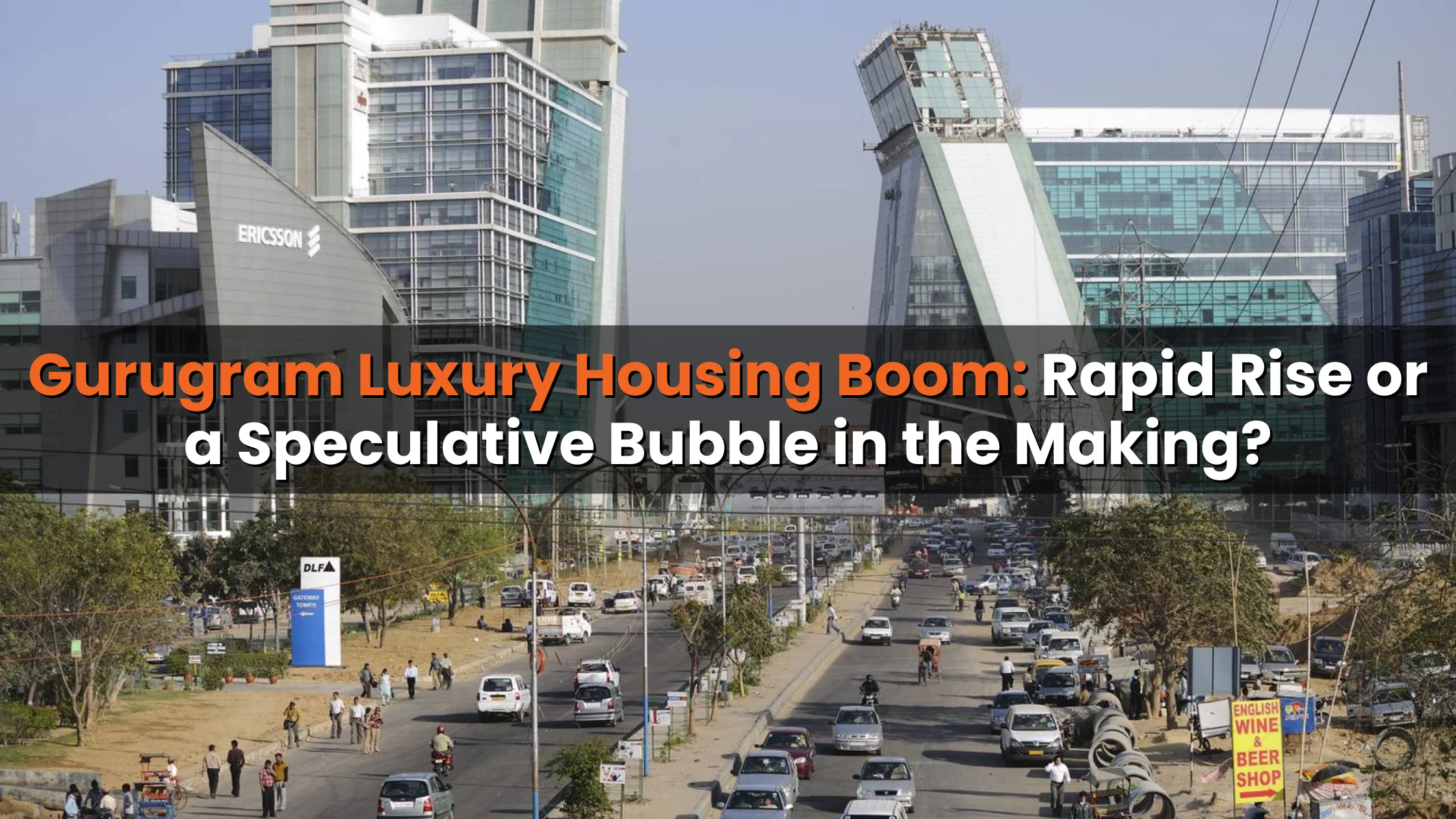
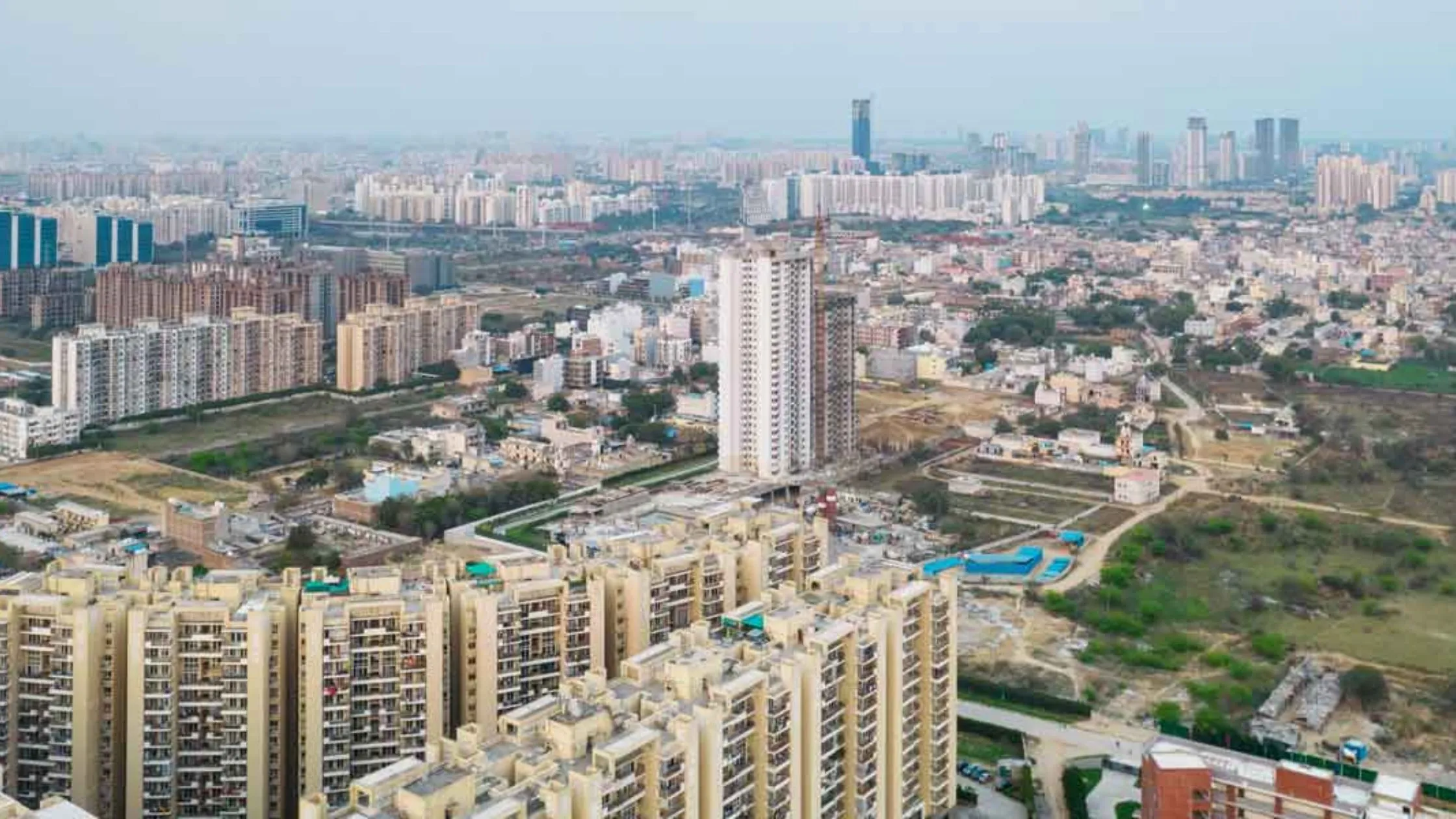
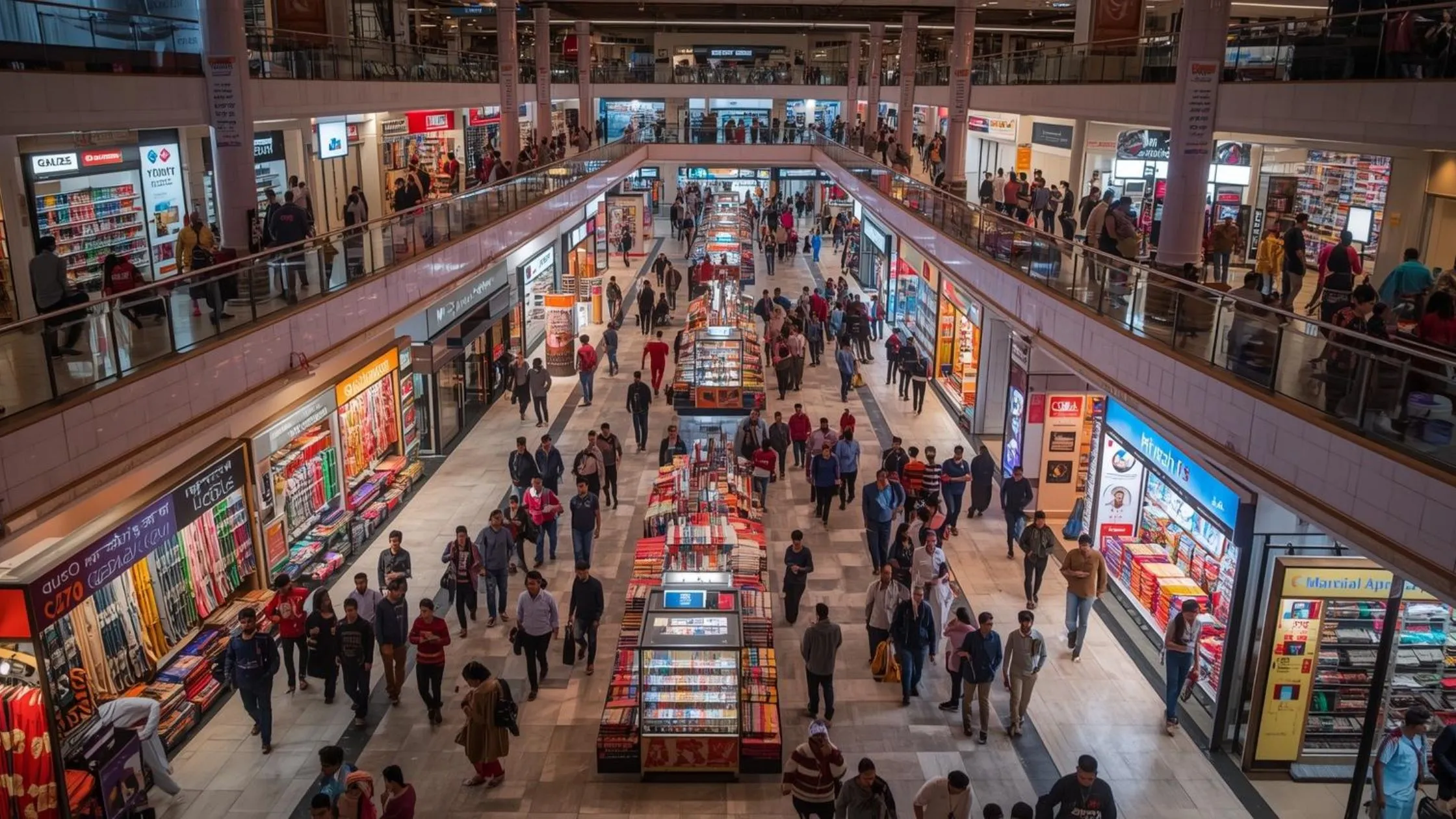
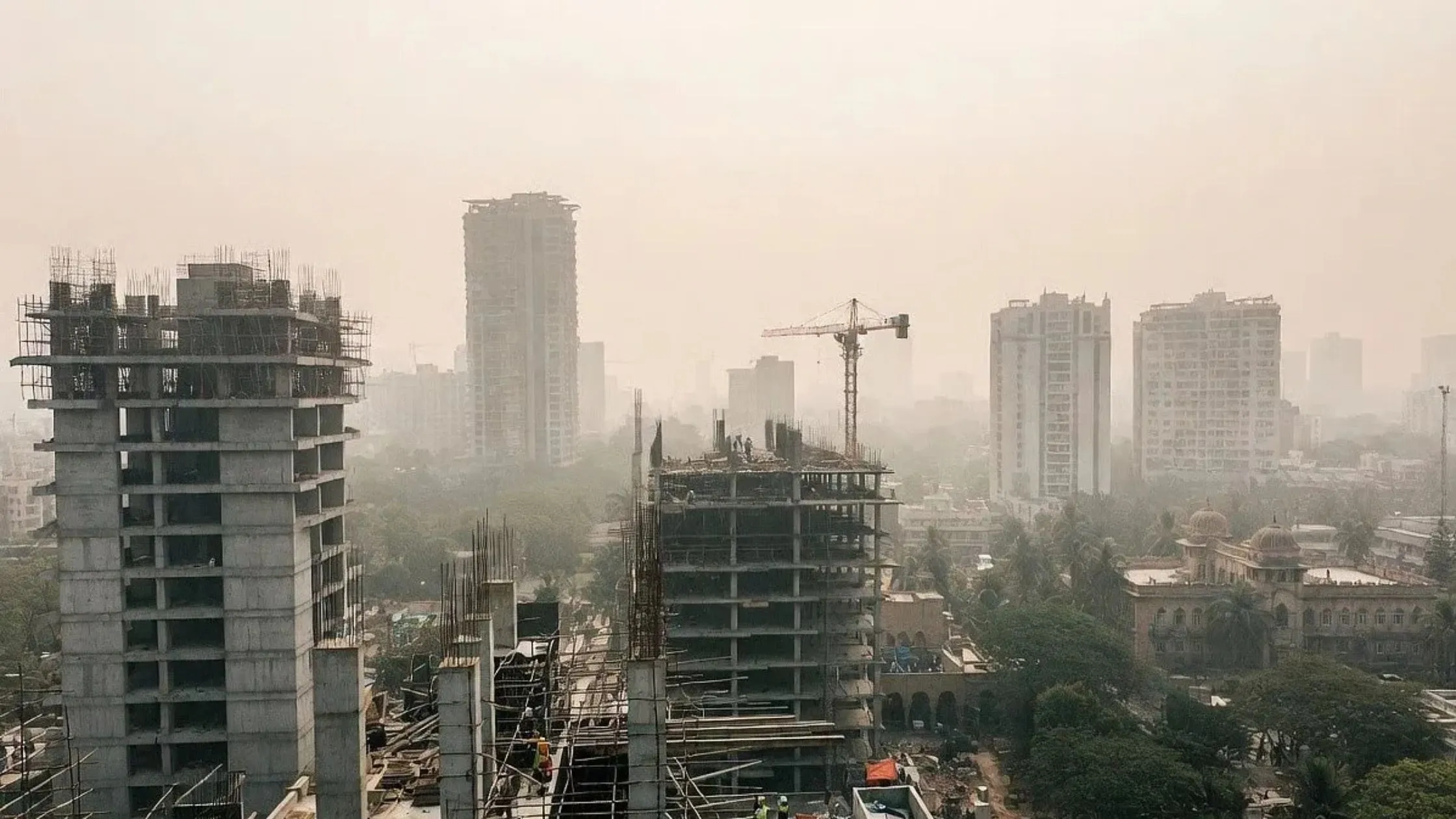
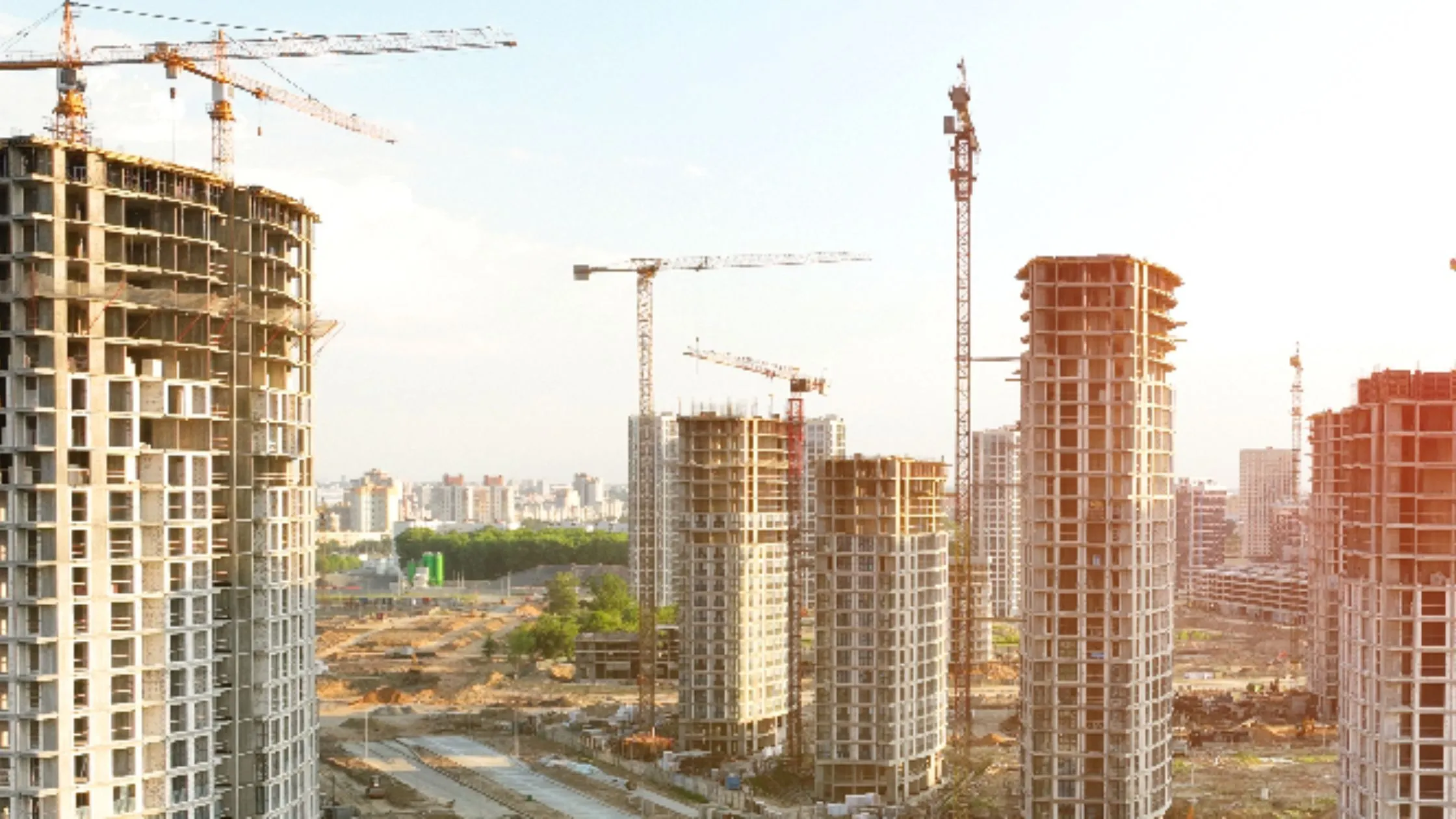

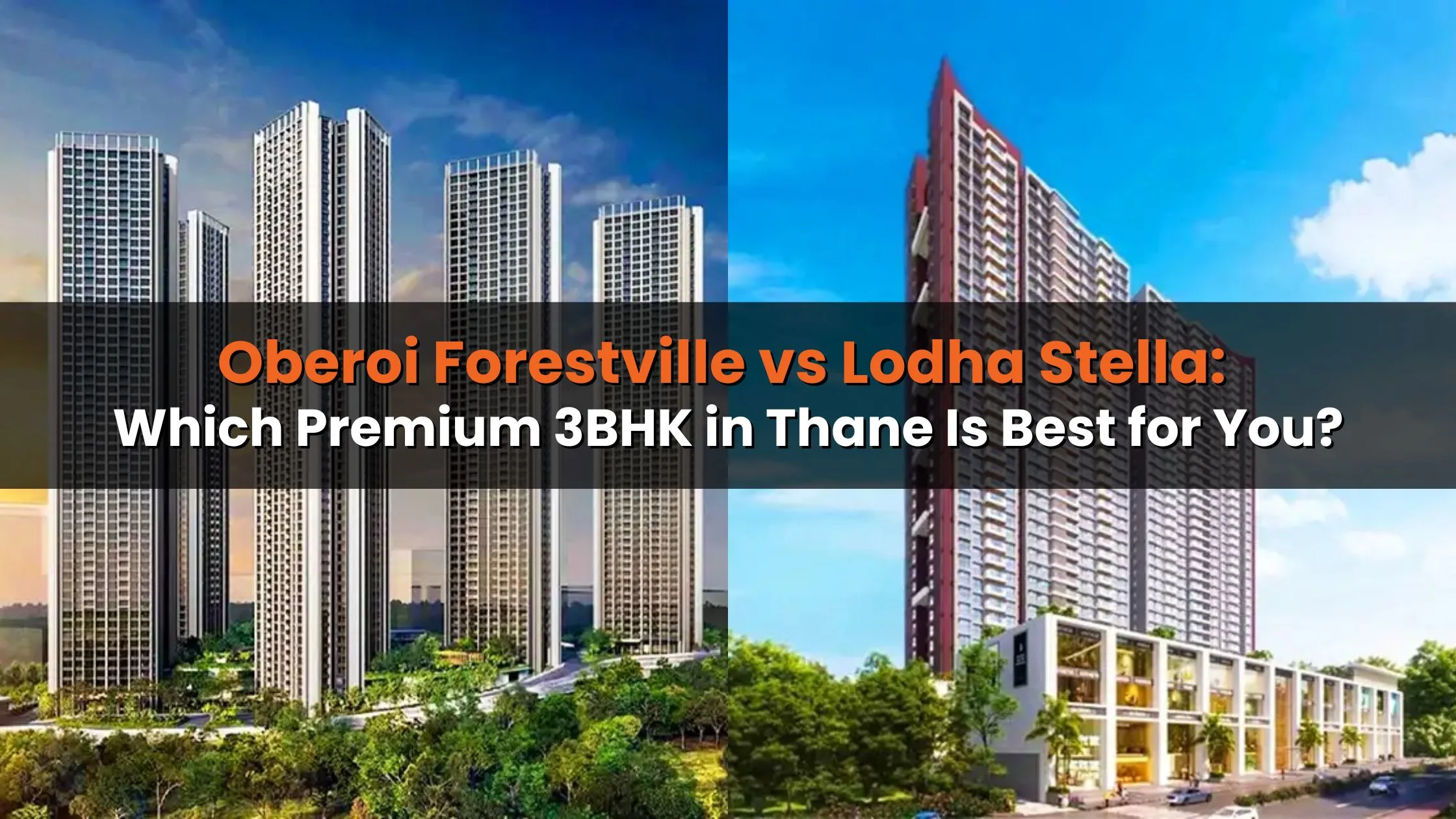
Ans 1. Gurugram’s luxury market is being driven by infrastructure growth, rising NRI interest, lifestyle upgrades, and strong investor activity. Prices have nearly doubled in some sectors, attracting serious attention.
Ans 2. While investor activity is high, the low rate of cancellations and the high upfront payment structure suggest many buyers are in it for the long term. However, speculation is still a concern if investors exit too quickly.
Ans 3. There’s no immediate crash expected, but experts do warn of a potential correction if investor exits rise or supply exceeds real demand, especially in the resale segment.
Ans 4. Platforms like Reddit are raising red flags about price hikes and trader-driven flipping. Experts say while market fundamentals are stronger now, unchecked investor activity could still distort prices.
Ans 5. Buyers include high-income professionals, NRIs, and investors from Tier 2 cities. Many are purchasing for long-term living or rental returns, not quick profits.
Ans 6. Today’s buyers are putting in large upfront payments up to 40% within months, which discourages short-term flipping. Most are financially stable and focused on 3–5 year horizons.
Ans 7. Yes, inventory has risen to over 18,000 unsold units. While top developers are still seeing demand, smaller builders may face challenges if absorption slows.
Ans 8. If you're buying for personal use or long-term investment, now could still be a good time just be cautious of inflated prices. For short-term gains, it might be better to wait and watch how the market settles.